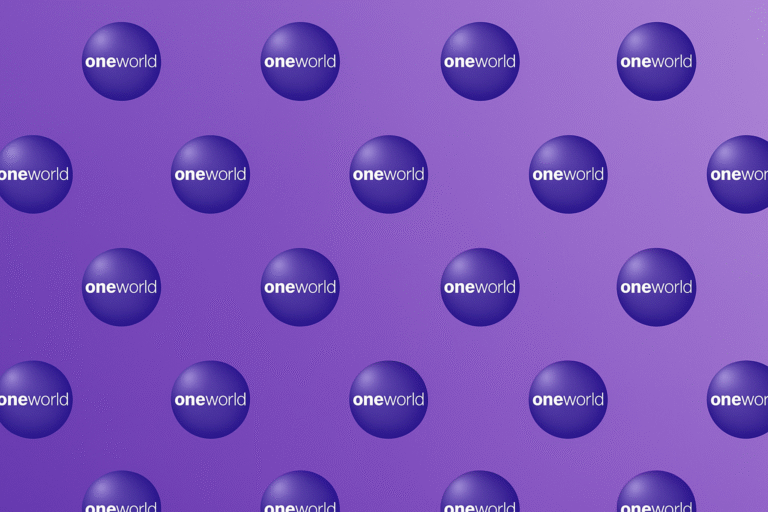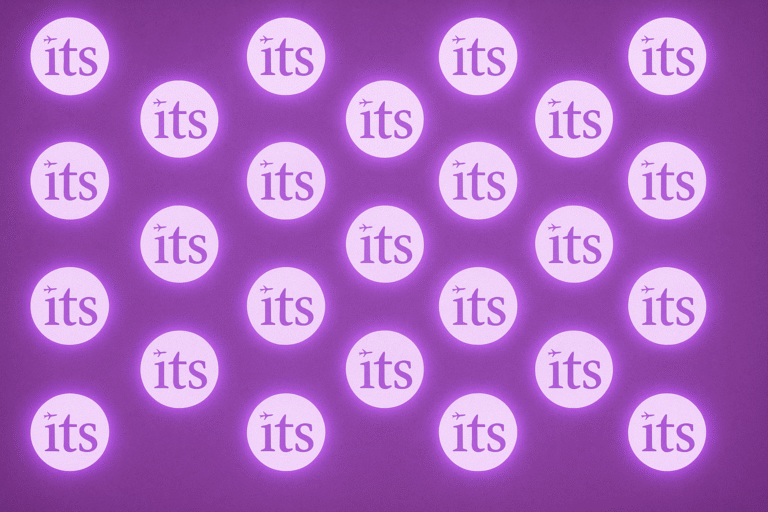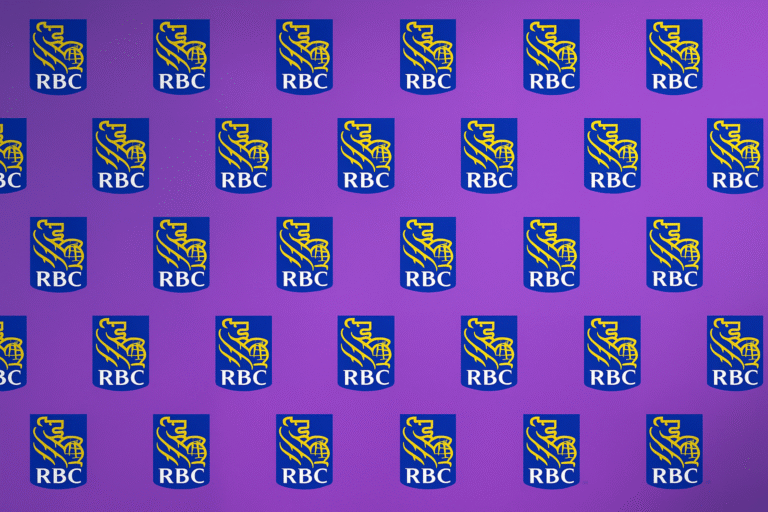Brief
American Airlines Business wanted to refocus its business brand to bring in new customers and appeal to existing customers. By utilizing a fresh new look that was established by American Airlines parent website: www.aa.com and the latest in travel booking technology, buisness.aa.com was born.
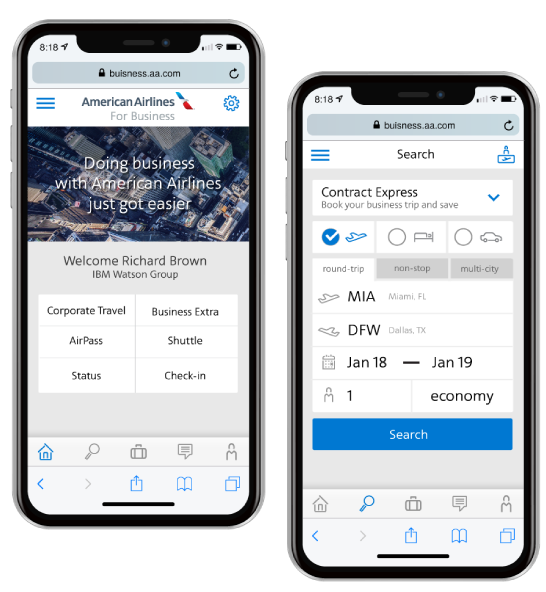
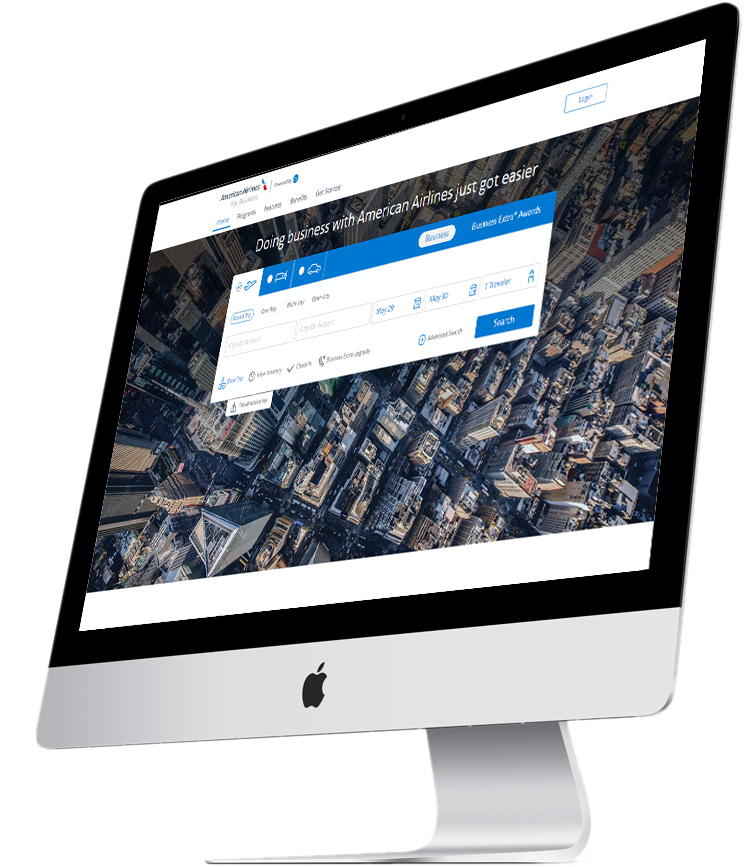
Role
Senior Lead UI/UX Designer
Duration
2018-2019
Tools
Adobe Illustrator
Problem
American Airlines Business (Business Extra) did not have a user-friendly way to allow customers to use awarded tickets or points on their existing platform without having to call an agent.
Making it worse was the lack of transparency on how many points or available certificates you had to use toward available flights and the extra money you needed to spend to get the flight.
Additionally, customers may want other options for travel including hotel and car which was not available until this new site was built and could accommodate that requirement.
- Revolutionized the redemption process for American Airlines Business Extra by developing a modern, user-friendly platform that enables customers to seamlessly book award tickets online, eliminating the previous requirement of calling an agent.
- Introduced full transparency by integrating real-time visibility into available points, award certificates, and the exact cost of flights, empowering customers with the information needed to make informed decisions.
- Expanded customer options beyond flights by adding the capability to redeem points for hotels and car rentals, transforming the platform into a comprehensive travel solution.
Prototype to Advanced Layout
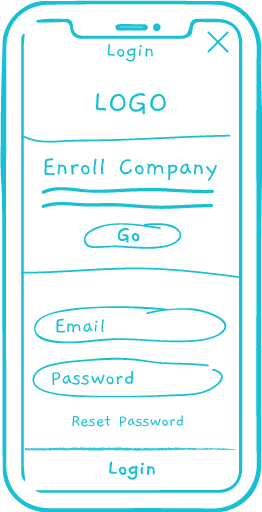
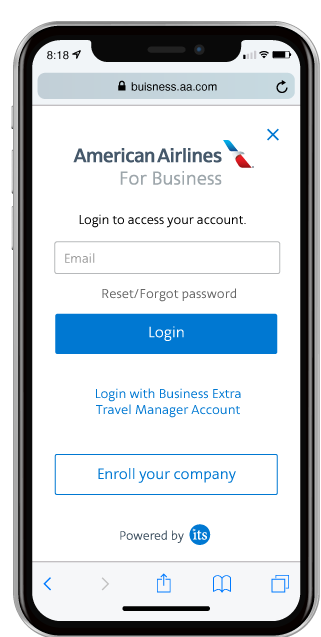
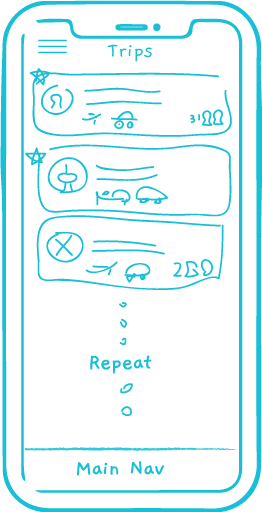
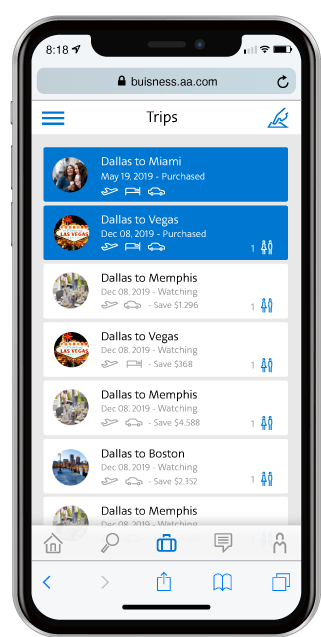
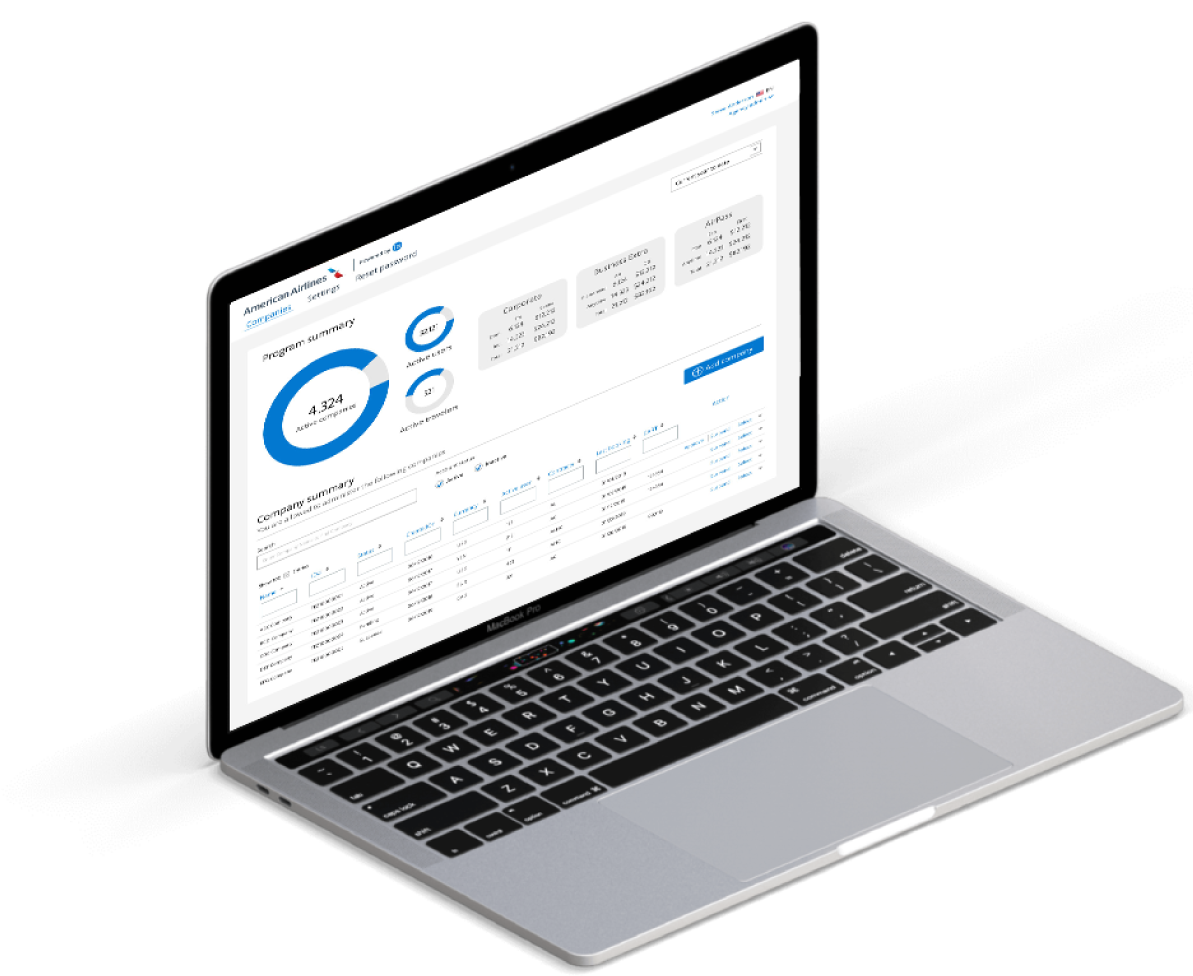
Solution
This was not a single iteration process—there was a need to account for every team and continual feedback from leadership.
There was also in-person and remote testing which helped to make sure we were solving actual problems for our customers. Whether it was a screen prototype, customer feedback, or a simple wireframe, these bi-weekly sessions helped us to validate, test ideas, and iterate quickly.
Success
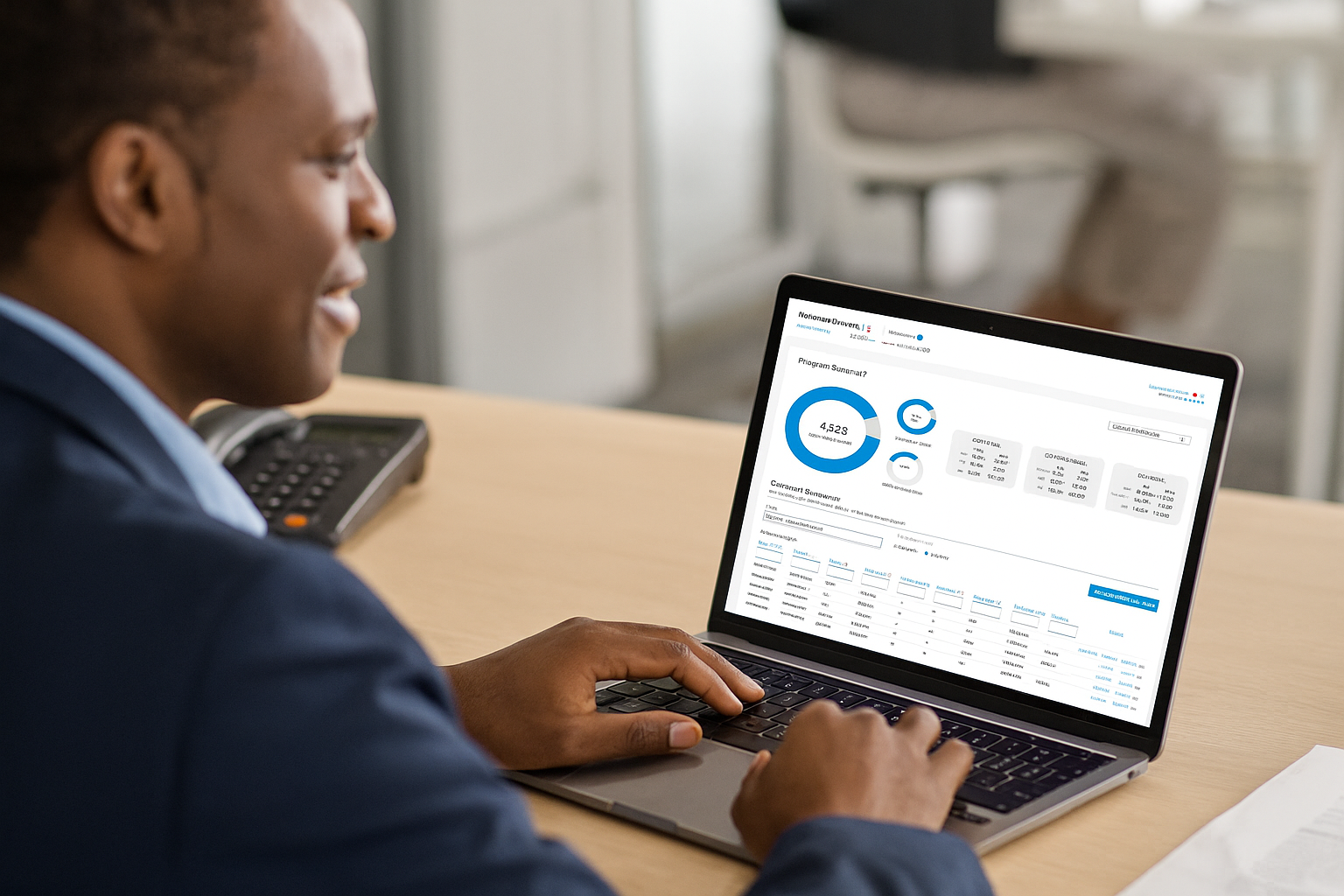
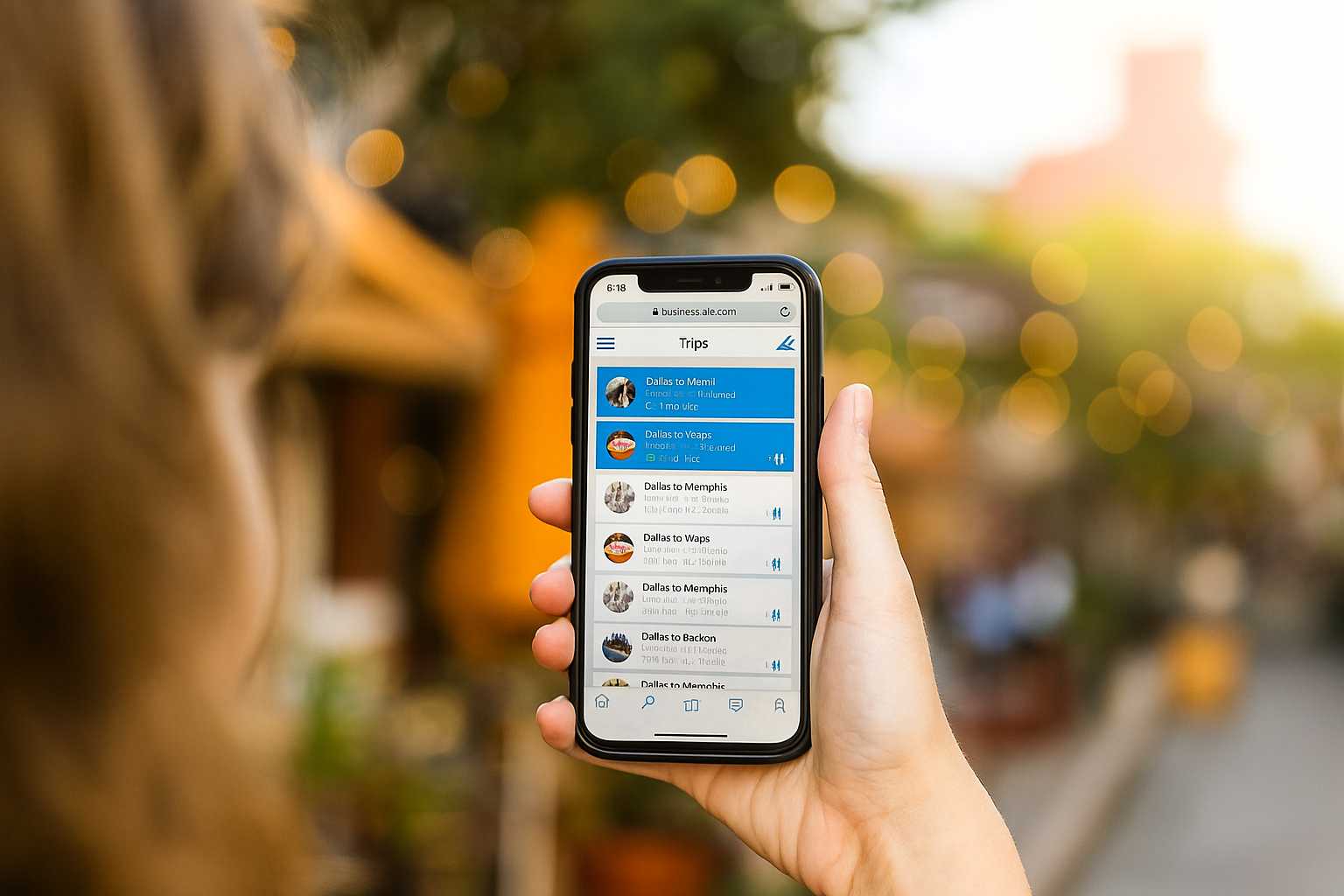
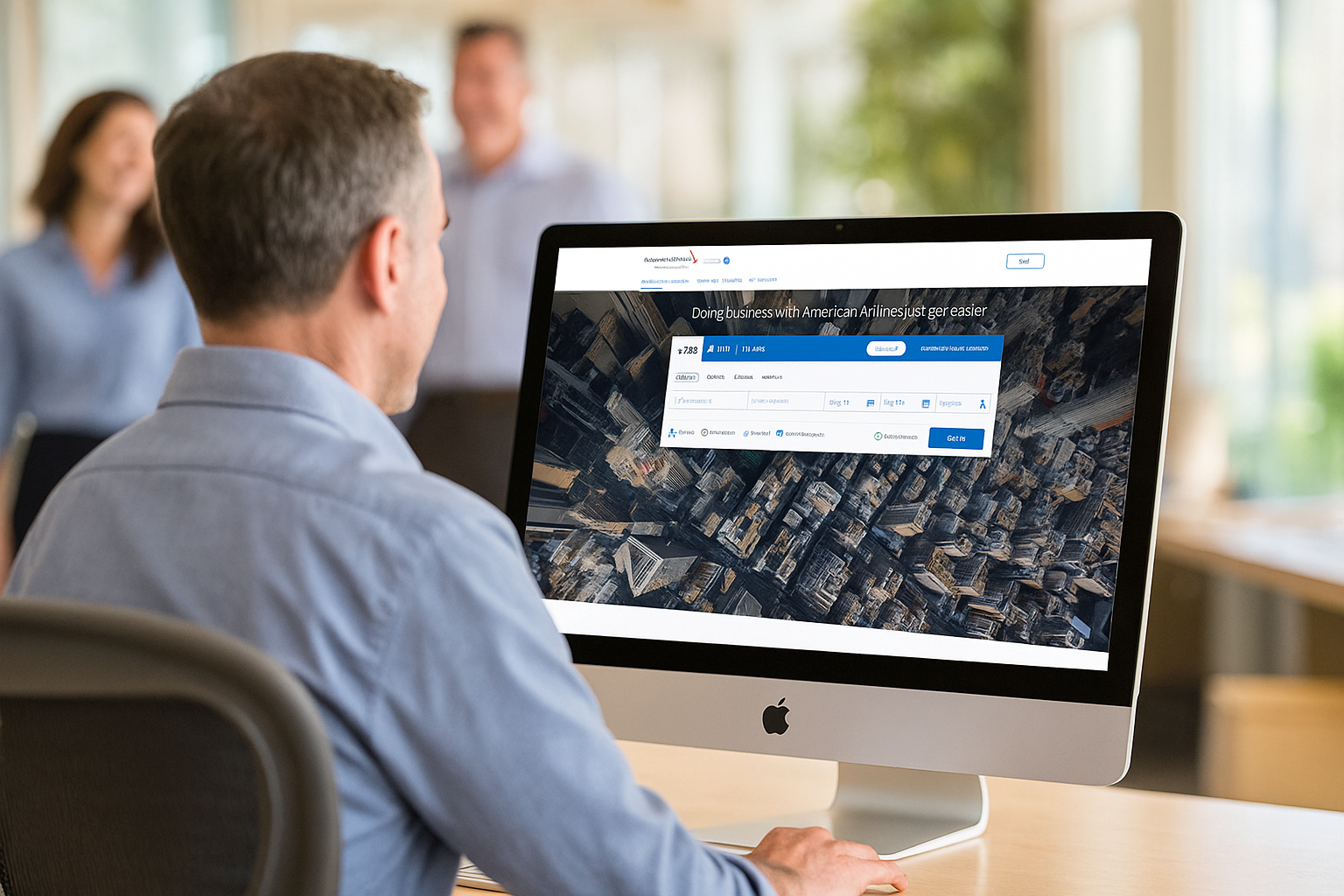
Conclusion
In redesigning the American Airlines Business platform, the project evolved from a simple visual overhaul into a deep, user-centered transformation.
The initiative tackled key pain points—lack of self-service for awards and points, and opaque pricing and options—by architecting a refined interface that married updated branding with modern travel-booking tools.
Through a structured, iterative process that included bi-weekly feedback loops, in-person and remote testing, and constant validation, the team cracked the challenge of clarity and autonomy for users.
The resulting solution not only elevated usability but also drove measurable improvements in conversion rates, reduced reliance on agent support, and fostered stronger customer retention.
This redesign exemplifies how strategic UX refinements, backed by collaboration and research, can reshape business outcomes and deliver seamless, efficient experiences.

